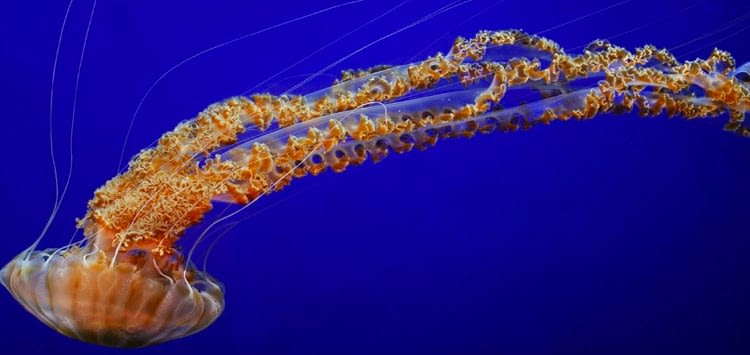The story started
Pick your Jellyfish
There are so many types of jellyfish. Below are a few!
For the purposes of our performance, we invite you to choose from five species of Jellyfish to come up with your Jellyfish name.
Upside Down Jelly Fish
Fried Egg Jellyfish
Medusa Jellyfish
Cauliflower Jellyfish
Bloodbelly Comb Jellyfish
Then if you feel inspired, dress up with your Jellyfish in mind (bearing in mind we will only see your top half).
When you enter the site, you can rename yourself incorporating your Jellyfish self.
We look forward to meeting your Jellyfish alter ego soon!
(Read about these Jellies and more below)


